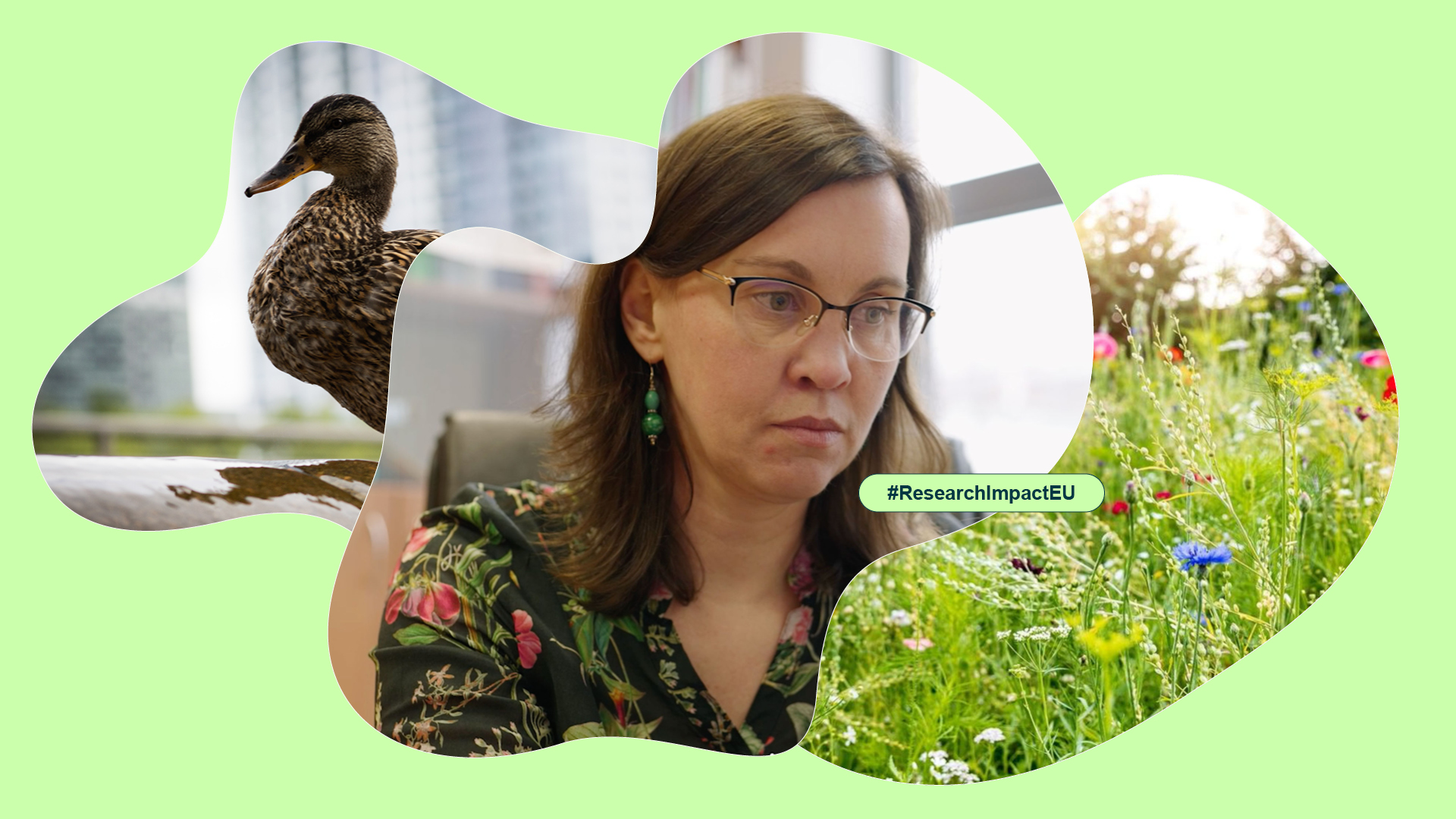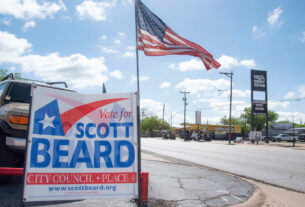English version, Wersja polska
‘We didn’t expect that there will be so many benefits’
Dr Zwierzchowska and her team at the CONNECTING Nature project have worked alongside local government and preschools to create natural playgrounds for young children.
As we begin to face the impacts of climate change, cities and built-up areas suffer from extreme heat with particular intensity. Trees and green spaces cool our cities and lower air pollution, but they also provide social spaces for communities to come together too.
Natural playgrounds –if developed as ground-up initiatives tailored to the needs of local people – will have a big impact if replicated more widely.
Cities for the people
Green playgrounds, where play equipment is installed alongside natural features such as sandy hills, fruit bushes, flower beds and paths made with logs, are a nature-based solution for cities trying to become more resilient in the face of a changing climate. As well as giving children a space to play and learn about the environment, trees help combat the major challenges of extreme heat and flooding, and biodiversity is also allowed to flourish.
The first natural playgrounds in Poznań, developed by preschools and the city administration in collaboration with landscape architects, teachers, children and experts in child development, acted as a pilot for researchers to gather data on how they impacted the local areas. By measuring air temperatures, mapping land coverage, and polling parents and school pupils, the researchers formed a picture of how best to develop nature-based solutions and plan how they could be rolled out and promoted in other areas of the city.
“
Investing in research and innovation through initiatives of this kind is an investment in Europe’s future, helping to build flourishing societies with people’s wellbeing at their heart.
Dr Zwierzchowska’s team has discovered that children at preschools with natural playgrounds spend twice as much time outside. As well as improving the health and wellbeing of school children, neighbours can also benefit since in some instances, the green playgrounds have been partially opened up to neighbours, allowing more people to enjoy the spaces.
The city’s 264 preschools are evenly spaced across different neighbourhoods of the city, making them the perfect springboards to spread these oases throughout an urban area. In Poznań, green spaces are not evenly distributed throughout the city, meaning residents of the more built-up urban centre have less access to their benefits.
Replicating success
Locals were generally receptive to the initiative, but active communication about the new gardens was necessary to encourage residents to make use of them. Conferences, meetings and sharing online information proved an effective way to spread the word and involve all of society.
We ‘did not expect that so many people would be so interested in these natural playgrounds’, notes Agnieszka Osipiuk, who also worked with Dr Zwierzchowska. But parents are deliberately choosing to send their children to preschools that have natural playgrounds, and the city council was so inspired by the first few gardens that they have decided to support, co-fund and promote natural playgrounds in other districts.
This mushrooming of urban gardens is what Dr Zwierzchowska hopes for on an even wider scale. ‘It’s important to share good practices among cities that develop nature-based solutions’ she adds, noting that working with partners at Trinity College Dublin, and the Universities of A Coruña and East London has helped, by pooling expertise and allowing them to learn from one another.
The results speak for themselves: investing in research and innovation through initiatives of this kind is an investment in Europe’s future, helping to build flourishing societies with people’s wellbeing at their heart.
Science, research and innovation: our secret ally
This research is part of the EU’s efforts to discover new ways to prepare for climate change, protect our oceans and waters, and fight cancer. Together, EU countries can work more effectively, by pooling funding and expertise from around the world, coordinating international efforts, and benefiting from local know-how.
Thanks to EU investments, it is possible for international research collaboration to address challenges too big to be addressed by one country alone.
Join researchers on a mission to protect our planet and society, by sharing, liking and following the stories of #ResearchImpactEU.



